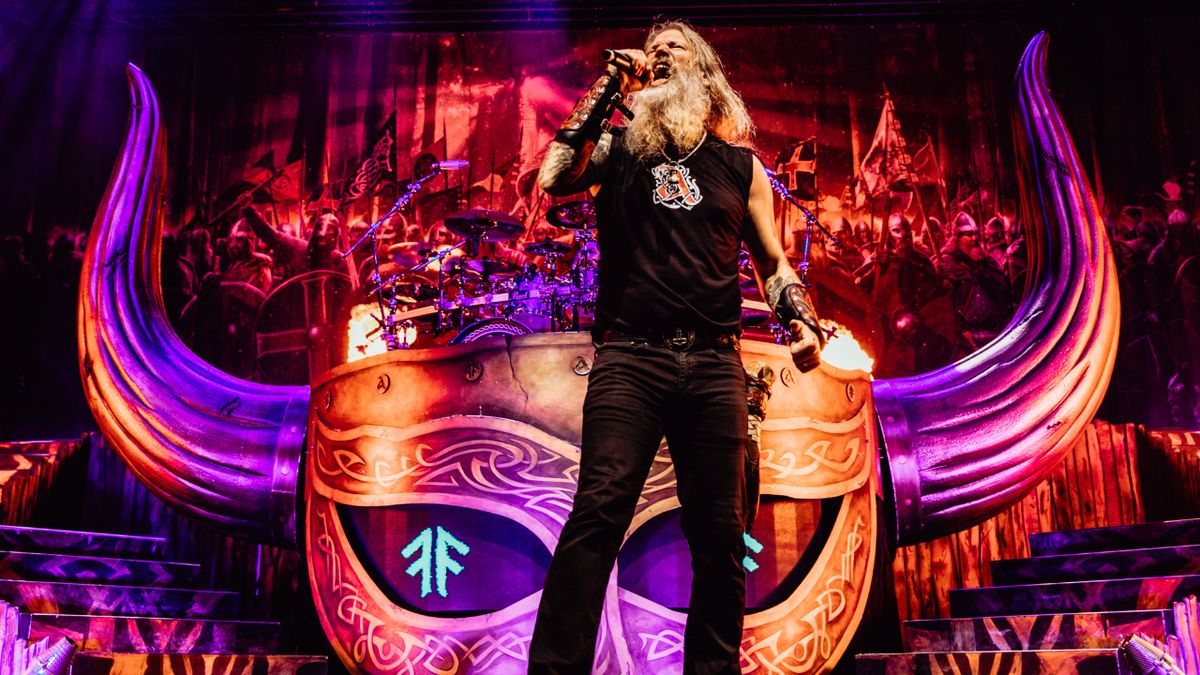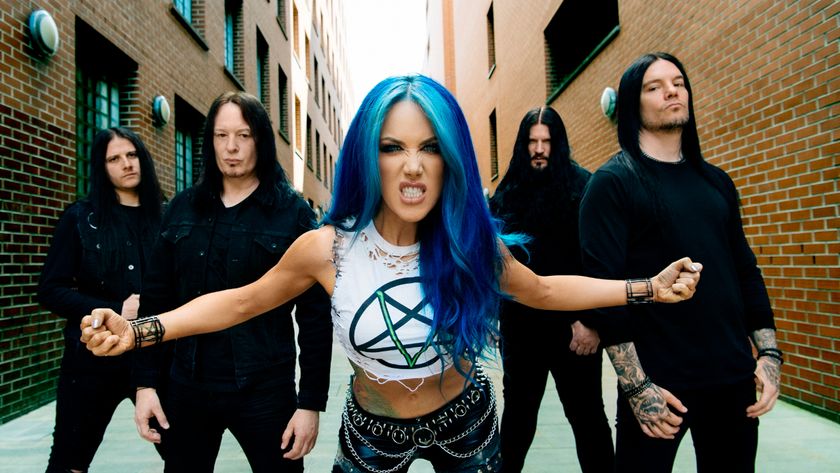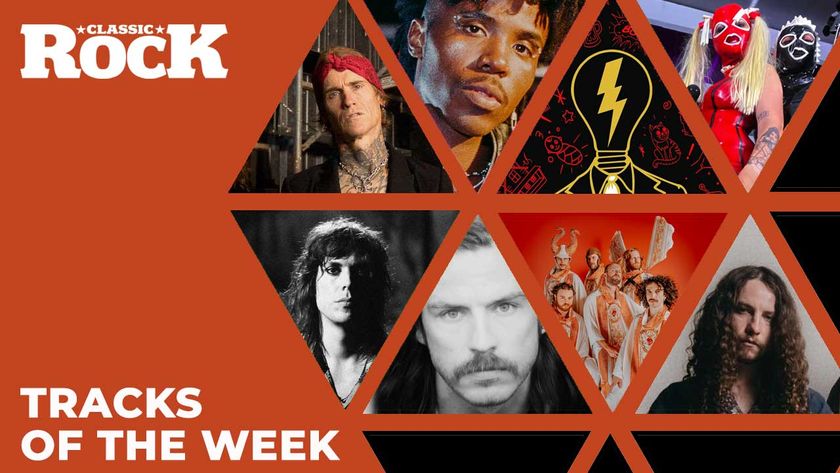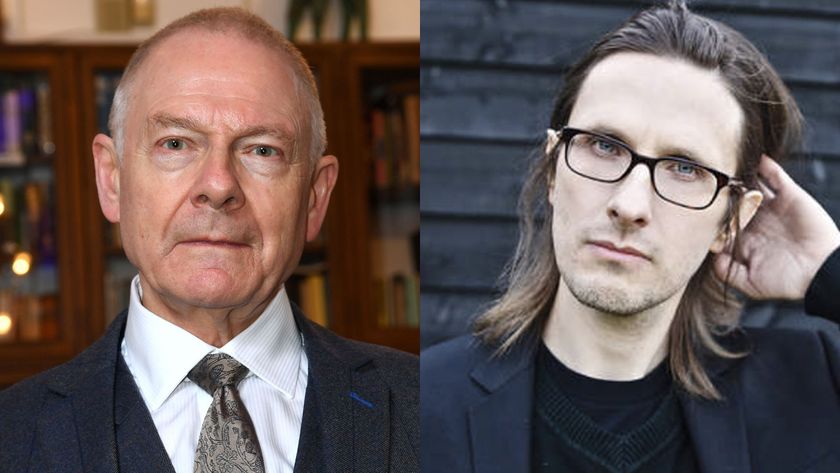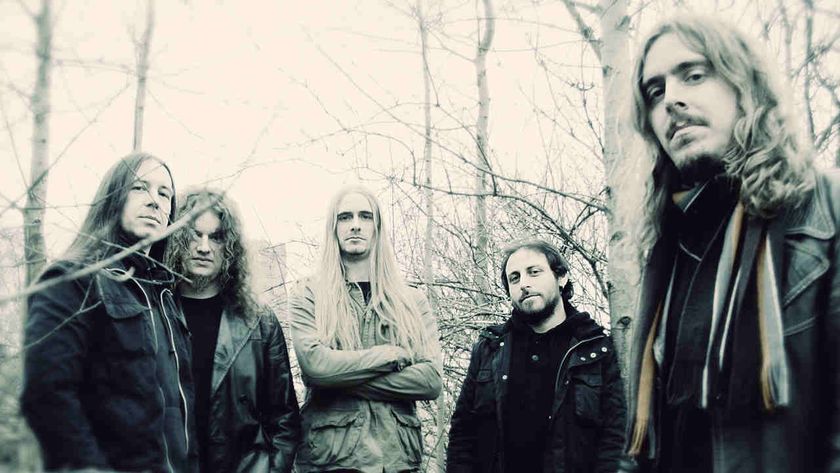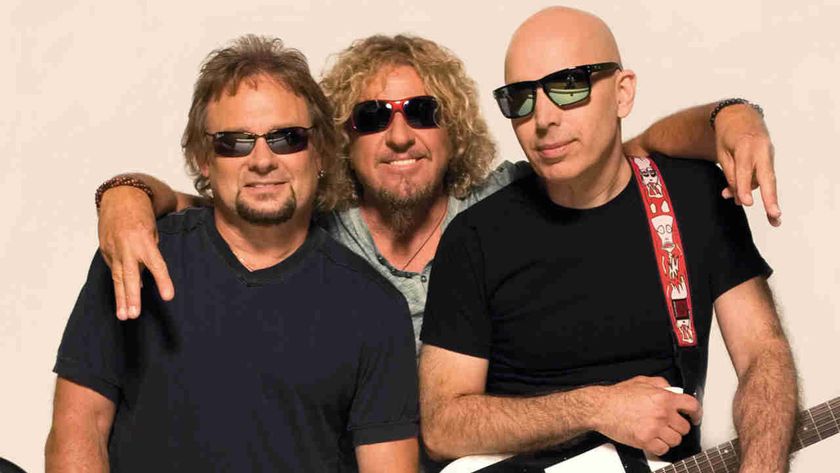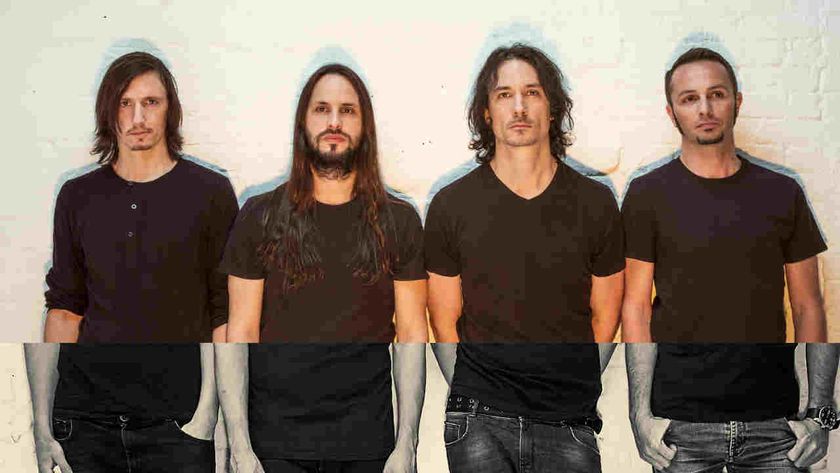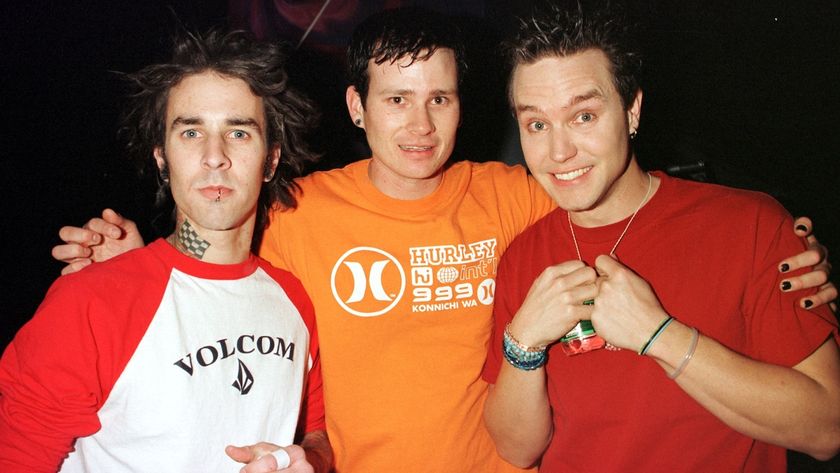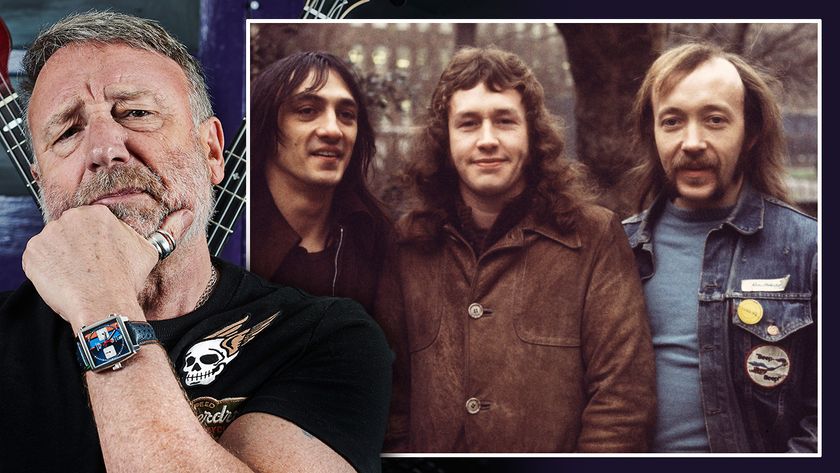Hard rock and heavy metal have long had a love affair with the Vikings. Led Zeppelin arguably kicked the whole thing off with Immigrant Song in 1970, singer Robert Plant memorably wailing, ‘Valhalla, I am coming!’ after the band found themselves invited to Iceland on a cultural mission.
Since then, metal acts of all sizes and subgenres have imagined life on a longboat hundreds of years ago. Iron Maiden sang about Invaders on The Number Of The Beast. Motörhead grunted about marauders charging into battle during Deaf Forever, and Black Sabbath explored Norse mythology on the fiercely underrated Tyr record.
These dalliances with Scandinavian beliefs and warriors walked so the likes of Amon Amarth and Grand Magus could run in the 21st century, dedicating entire careers to songs about Odin and drinking horns. So… what is behind the seemingly ever-growing fascination that metal has with Vikings?
“With a lot of Norse stuff, there’s not really a distinction between good or evil, which is interesting,” answers Grand Magus singer/guitarist JB Christoffersson. The band’s latest album, Sunraven, is a retelling of epic poem Beowulf, which was itself inspired by Norse and Icelandic legends of the Middle Ages.
“I think that the tales and legends that have persevered through centuries, even millennia, have something intrinsically human about them,” he continues.
“They say a lot about us as thinking, feeling creatures and that’s why they’ve survived for such a long time. The Grendel and Beowulf thing is something that I’ve carried with me ever since I was a small kid. I think I share that with most of the people of my age who grew up in Sweden. You heard this stuff in school – you were basically taught Norse mythology!”
Simon Trafford, senior lecturer in mediaeval history at the Institute Of Historical Research and diehard metalhead, has a simpler answer: “Vikings rock!”
“They’ve got the appeal that a lot of metal romanticises itself with,” he elaborates. “They’re these outlaw bad boys who’ve got no business with fanciness or politeness, or whatever it is that society and your elders or authority figures want you to do. They’re in your face and they are coming to do whatever the hell they damn well choose.”
It’s not just Norse history being taught in Scandi schools and the pure badassness of the berserkers themselves, either. Simon adds that the image of the Viking is inescapable across pop-culture, and it’d be impossible to disagree: they’ve shown up in everything from Marvel comic books to blockbuster video game God Of War: Ragnarok.
“Vikings have an incredibly well-defined image in popular culture, which involves looking a certain way and going around hitting people with bloody great axes,” he explains. “They’re very much present as a resource onto which we can project whatever we want to project, which can be this sort of hyper-masculinity or this outrageous ‘doing whatever the hell you want’ image.”
Beyond the bands that have written the odd Viking song and the others who use them for entire album concepts, there are the particularly devout acolytes who inject those themes into their sound as well. The Viking metal subgenre began in the late 80s, and it’s since been defined as an offshoot of black metal that uses Nordic folk instruments, melodies or chants. Enslaved and Bathory are among its frontrunners.
Simon argues that Viking metal started to coalesce into its own entity with Bathory’s 1988 classic Blood Fire Death. “You have this early wave of black metal in that late-80s-to-early-90s melting pot in Scandinavia, and that’s the point at which it becomes a ‘thing’,” he explains, “as opposed to Maiden or Manowar, who will pick it up, run with it for a bit, and then put it down again.”
The use of Vikings in metal hasn’t always been for violent fantasy or mythological escapism, though. Since Norwegian black metal began to pick up steam in the 90s, some of the genre’s far-right artists, like Burzum, have tried to misappropriate Vikings and other pagan societies, celebrating them for being pre-Christian and portraying them as entirely white. It echoes the way the Nazis idolised the Norse, fantasising about their brute, hyper-masculine force and the days of a “racially pure” Europe.
Norwegian musician Einar Selvik used to drum for black metal act Gorgoroth and now leads metal-adjacent folk project Wardruna. He’s scored the TV show Vikings and video game Assassin’s Creed: Valhalla as well. “After World War Two and the Nazi misuse of a lot of ancient Nordic imagery, it became, for a long time, very problematic,” he says in an upcoming issue of Metal Hammer. “It was difficult to [use Nordic symbols] without being associated with the remaining political subcultures.”
He then praises mainstream properties like Vikings and God Of War for helping to repair the image of the Nordic past, even if they aren’t historically accurate. “One of the positives [of those projects] is this new wave of healthy interest and pride in our culture. It’s been a huge part in reclaiming our history.”
Meanwhile, Amon Amarth are eager to divorce Vikings from their typical depiction as slabs of muscle mindlessly swinging weapons. “You have to remember that the Vikings were not just skilled warriors; they were also skilled diplomats, merchants and politicians,” singer Johan Hegg told Hammer in 2009.
“In the old sagas and legends, there’s a lot of politics and diplomacy, maybe even more than the battles and violence. That’s the way it was. It was a group of people trying to survive in a very harsh environment, and in doing so they had to learn how to trade and how to communicate, and it wasn’t just about attacking people.”
Simon commends Wardruna – as well as the newer, also metal-adjacent ‘amplified history’ collective Heilung – for their role in removing Vikings from the horrid politics and reductive gender stereotypes that got attached to them.
“I think they are doing something a little bit more thoughtful and speculative,” he says, “and they are thinking hard about some of the troubling aspects of Viking metal, which have to do with masculinity and racial identity.”
He continues: “These things can be very easily picked up by bad actors and it’s important to be aware of the problematic aspects. That’s not to imply that everybody in the scene thinks like that, of course. There is perfect space for there to be people who like Viking metal without all this bad stuff playing into it. And for most people, it’s just a lot of fun.”
A lot of fun, indeed! Far removed from any problematic connotations, Amon Amarth’s track Raise Your Horns urges onlookers to swill mead from drinking horns. Their anthemic death metal works live crowds into fits of ‘Viking rowing’, while Heilung’s performances include dozens of dancers and musicians, creating the closest thing our society will ever see to shamanic rituals. From one cultural history, metal is masterminding vastly different but always spectacular experiences.
Demonstrating the ballooning success of Viking-inspired heaviness, Johan told us in 2009, “When I joined Amon Amarth, we were happy to make music and hang out with our friends and get drunk. Now we’re still doing that, but we’ve got friends everywhere in the world – in the UK, in South America, in Japan. It’s getting better and better all the time!”
We’ll raise our horns to that!
Grand Magus’s Sunraven is out now via Nuclear Blast. Wardruna release new album Birna via Music For Nations on January 24.
